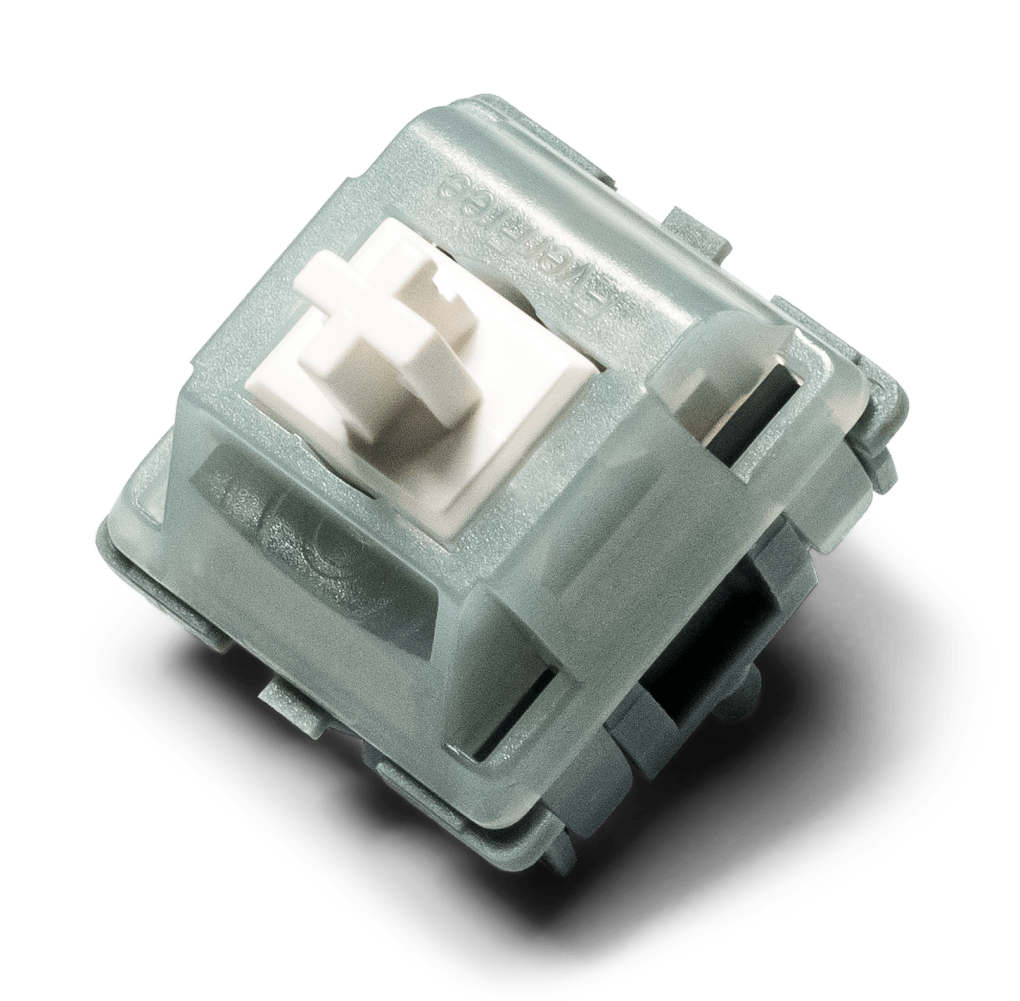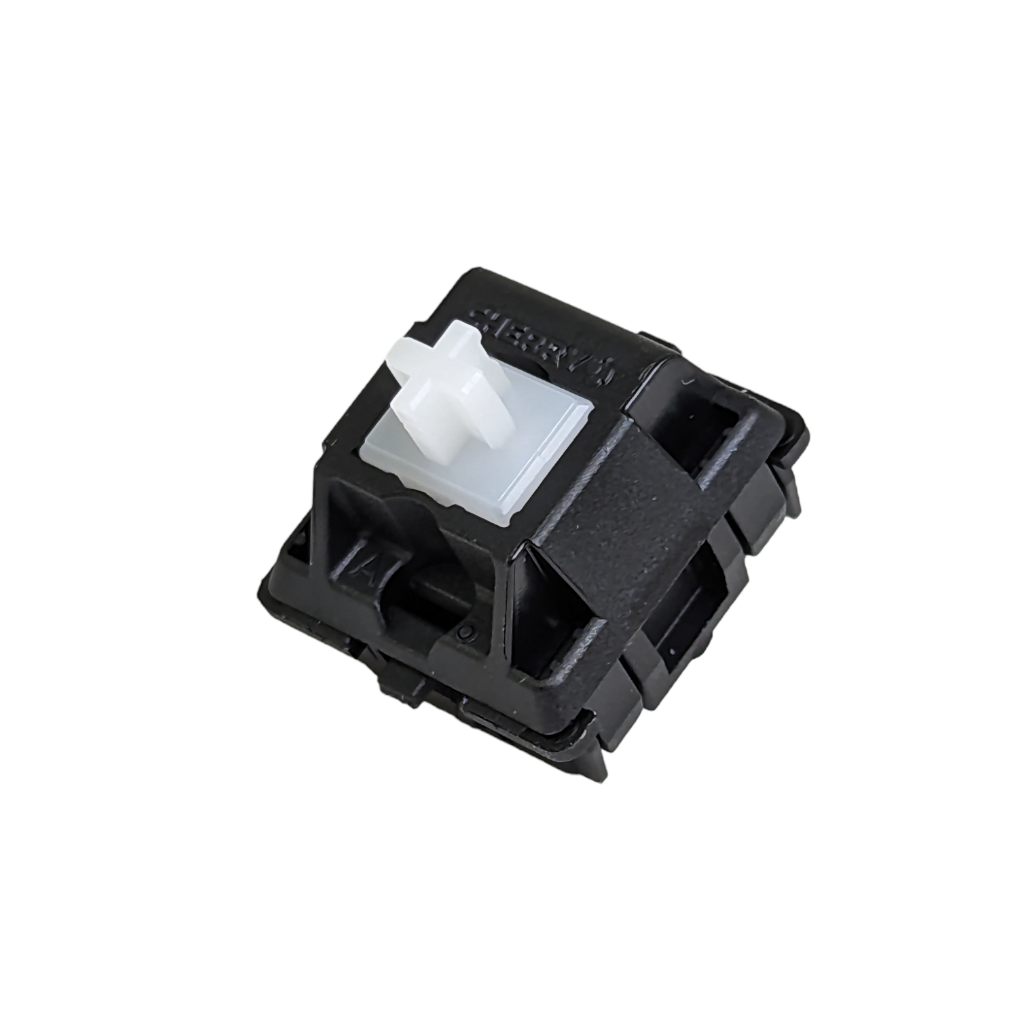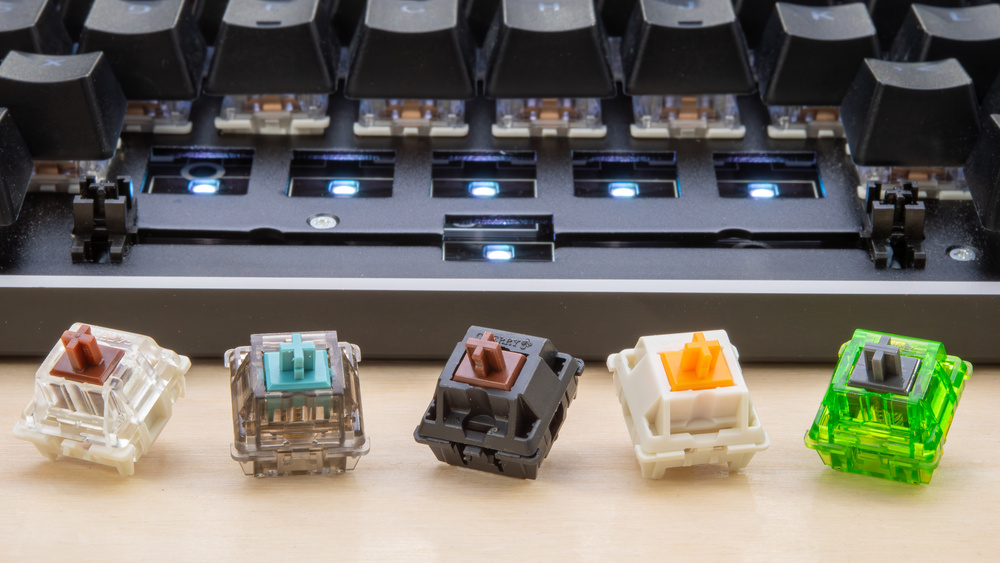If you want a satisfying press without loud clicks, tactile switches are a great option.
Understanding the Perks of Tactile Switches for Improved Customer Experience
Responsive buttons are important to modern user interfaces, offering physical comments that improves communication accuracy and individual fulfillment. These devices are specifically valuable in settings where speed and accuracy are paramount, such as in pc gaming or professional setups. By offering a distinct experience upon activation, responsive buttons verify user inputs without the demand to divert aesthetic focus, streamlining task execution and reducing error prices. This mix of immediate physical feedback and reliability welcomes additional exploration into their more comprehensive implications and advantages.
Checking Out the Mechanics of Tactile Switches
To comprehend just how tactile switches enhance user experience, it is vital to dive right into their auto mechanics. Responsive buttons operate via a device that customers can really feel and listen to when a trick is pressed.
The building and construction of these switches differs, but typical materials include steel for the calls and rubber or silicone for the responsive dome - tactile switches. These parts are engineered to withstand millions of cycles, making certain toughness and constant performance with time. This dependability makes responsive buttons specifically preferred in atmospheres that demand quick, exact user input
Just How Tactile Responses Boosts Precision and Speed
Lots of individuals discover that tactile feedback from buttons dramatically boosts both the accuracy and rate of their communications with gadgets. The unique physical feeling given when a responsive switch is actuated allows users to confirm their input without needing to verify visually. This confirmation is important in atmospheres where interest is divided across multiple jobs, as it ensures inputs are both willful and appropriate.
Moreover, the immediate responses from responsive buttons reduces the time taken in between actions. Users do not have to push secrets multiple times to guarantee activation, resulting in quicker reaction times. This efficiency is especially valuable in high-speed keying situations where each nanosecond can add to general productivity.

Additionally, the boosted sensory experience decreases customer exhaustion and increases interaction, making interactions much more intuitive and much less vulnerable to mistakes - tactile switches. Hence, tactile switches not just important source boost the performance of a tool however also add to an extra satisfying individual experience
The Role of Tactile Switches Over in Video Gaming Performance

Additionally, tactile buttons add to much faster response times. The physical experience validates the key press without the requirement to base out the keys, allowing quicker inputs and a smoother gaming experience. This is particularly useful in video games that require rapid and recurring keystrokes, where rate is typically as essential as accuracy.

Responsive Buttons in Expert Settings
Tactile buttons are just as transformative in professional environments, where effectiveness and ergonomic layout enhance productivity. These buttons, frequently discovered in high-precision key-boards, are prized for their receptive feedback. When pushed, they supply a visible bump midway with the keypress, validating activation without the need for complete travel. This function allows professionals such as typists, programmers, and data entry clerks to increase typing speed and precision, lowering the risk of errors and the stress related to long term keyboard use.
In setups like control rooms or workshops, tactile switches are integrated right into tools for their reputable efficiency. They provide drivers the assurance required in high-stakes environments, guaranteeing that every command or adjustment is performed as intended. This integrity, paired with the tactile response, aids maintain high levels of concentration and operational effectiveness, crucial in preserving workflow and conference professional standards.
Contrasting Tactile and Non-Tactile Individual User Interfaces
Exactly how do responsive customer interfaces compare to their non-tactile equivalents? Tactile user interfaces, such as those with physical buttons or distinctive surfaces, provide instant physical responses via touch.
The option in between responsive and non-tactile interfaces commonly depends on the application's context and user demands. Tactile interfaces are important in scenarios calling for operation without direct view publisher site line of view, such as driving or in certain commercial setups.

Conclusion
Finally, tactile switches dramatically enhance individual experiences by offering vital physical comments. This comments enhances precision and speed in both gaming and professional settings, lowering the chance of mistakes and customer exhaustion. By using a much more instinctive and satisfying interaction, tactile switches prove above non-tactile user interfaces, making them a favored choice for individuals seeking dependability and efficiency in their communications with technology. Inevitably, these switches stand for a critical development in interface design.